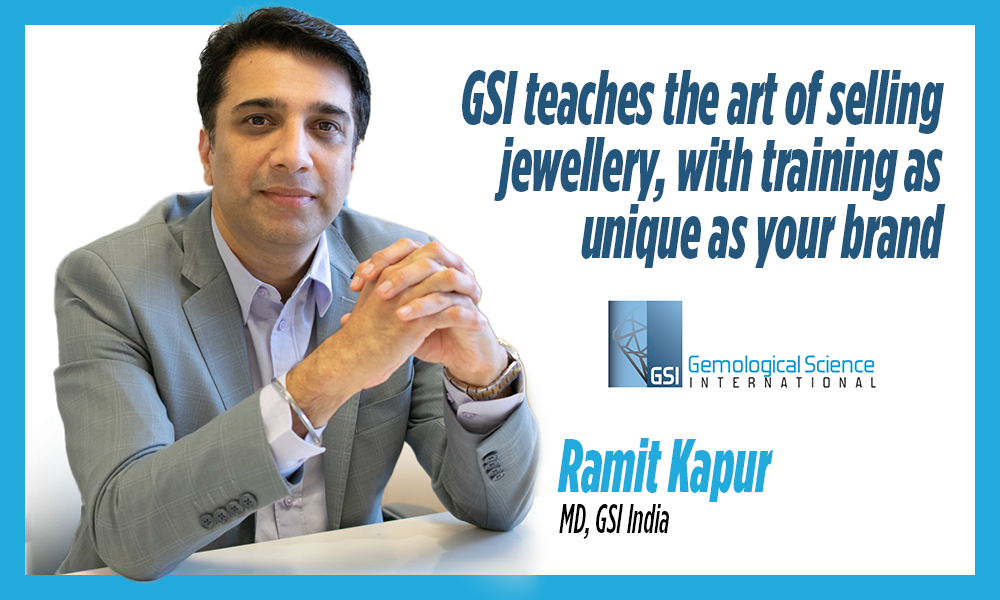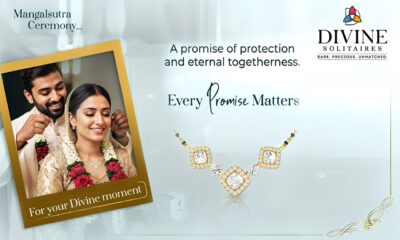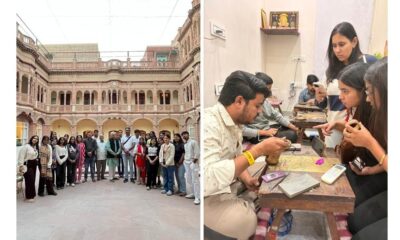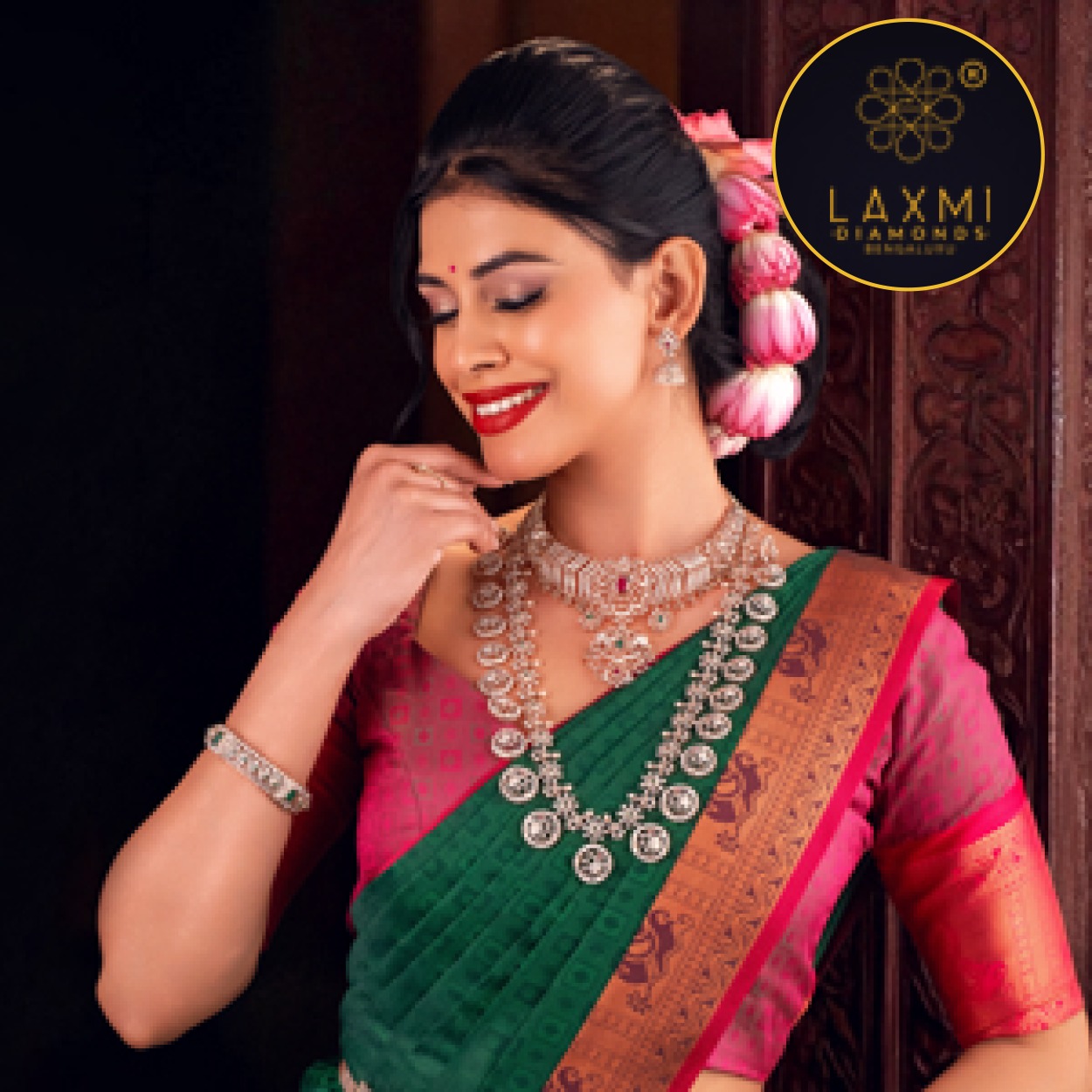By Invitation
The money is in the mailing list- How to build one

The money is in the mailing list- How to build one
Juhee Jain
Email is a powerful tool. In fact, 80% of marketers prefer it over social media. And it’s easy to see why. With 4.48 billion email users worldwide, the reach is simply staggering. Almost all of these users, 99% to be exact, check their inbox every day. More than half of them do it first thing in the morning.
Now, let’s talk about return on investment. For every dollar you spend on email marketing, you can expect a return of 36 times that amount. That’s a 3600% ROI! This is where building a mailing list comes into play. It’s not just about collecting email addresses. It’s about creating a direct line of communication to your target audience. A mailing list allows you to reach out to your customers repeatedly, building a relationship over time. It’s simple, straightforward, and incredibly effective.
There’s a common pitfall that many email marketing enthusiasts fall into: the allure of shortcuts. It’s tempting to simply purchase or rent a mailing list. However, this approach may not yield the desired results. The crux of successful email marketing lies in building your own mailing list.

Why is this so crucial? The answer is simple. When you build your own mailing list, it comprises email IDs of individuals who have expressed an interest in your business. They are not just random names on a list; they are potential customers who have shown a willingness to engage with your brand. This means that they are more likely to open your emails, read your content, and respond to your calls to action. As a result, the response rate from your own mailing list can far exceed that from a purchased or rented one.
Now, let’s delve into how you can build a robust mailing list. The process may require time and effort, but the payoff is well worth it. Here’s how you can get started.
Identify your target audience
Knowing your target audience is key in email marketing. It’s about understanding who’s likely to buy your product. This includes their buying history, likes, where they live, what they’re into, how much money they make, and their age.
When you pinpoint your audience, your messages hit the mark. You talk directly to their needs and interests. This approach boosts your chances of making a sale. So, a well-defined audience leads to better returns on investment (ROI). Starting with a clear picture of your target audience means every email you send is a step closer to success.

Offer a lead magnet
A lead magnet is a free item or service given away to gather email addresses. It’s like a trade: people give their email in exchange for something valuable. Here are five great lead magnets: 1) A PDF checklist that simplifies complex tasks. 2) A comprehensive guide on a specific topic. 3) An eBook filled with insights and strategies. 4) Exclusive access to a webinar offering expert knowledge. 5) A discount code for first-time buyers.
Each of these offers real value, making people more willing to share their email. Once they submit their email, they can download the lead magnet right away.

Place opt-in forms strategically
Placing opt-in forms in strategic spots is crucial for growing your mailing list. Think about where visitors pay the most attention: the homepage sidebar, sales pages, within blog posts, and on social media profiles. These spots are prime real estate for your signup forms. Consider a pop-up form that shows up 20-30 seconds after someone lands on your site, catching interest without being too pushy.
Don’t forget offline opportunities too. Printing your newsletter signup URL on stationery and packaging is a smart move. It connects online and offline worlds, expanding your reach to more potential subscribers.
The real test of your email marketing campaign’s success lies in the content you send out. Building a mailing list is just the start. To keep subscribers from hitting unsubscribe or marking emails as spam, you must keep offering value. Discounts, special offers, sneak peeks at new product designs, and preferred pricing are great ways to engage your audience.
Beyond these, consider sharing exclusive insights, tips related to your industry, or early access to your content or events. Interactive content like surveys or polls can also keep your subscribers interested and make them feel part of your community.
Remember, your emails should not only aim to sell but also to add value to your subscribers’ lives. This approach not only fosters loyalty but also turns your subscribers into advocates for your brand. Keep your content fresh, relevant, and engaging to ensure your email marketing campaigns thrive.

By Invitation
GSI teaches the art of selling jewellery, with training as unique as your brand
By Ramit Kapur, MD, GSI India

In jewelry retail, the real challenge isn’t having beautiful products, it’s getting customers to believe in them. Every day, sales teams face tough questions that reflect common consumer concerns: ‘How much of this piece is real gold, and how much is just Laakh behind the Polki?’ ‘Does a gemstone only hold value if it comes from a specific origin, like an emerald from Colombia versus one from Russia?’ ‘This diamond is SI clarity; why should I buy it when it’s not flawless?’ These are not small queries; they are make-or-break moments in the sales process.”
At GSI, we know that overcoming these objections requires more than product knowledge; it takes confidence, context, and the ability to tell the right story. That’s why our retail sales training programs such as the “Jewelry Excellence Program” are built not as cookie-cutter modules but as customized, brand-specific experiences designed to prepare teams for exactly these moments.
Customization is Key: Training Built Around What You Sell
The foundation of our approach lies in customization. Our training spans every aspect of the jewelry business; gemstones, diamonds, polki, metals, sales skills, jewelry care, and more. This journey begins by engaging with retailers to understand their unique goals and what they wish to achieve and communicate to their customers through their sales teams. Whether it’s improving customer engagement, boosting sales, or enhancing product knowledge, every program is tailored to align with those objectives.
We don’t walk in with a generic presentation. We start by studying the retailer’s various jewelry categories and their unique propositions in their collections. If your brand thrives on diamonds, we focus on teaching your team how to sell across different quality grades, highlighting factors beyond the 4Cs that influence value. If polki is central, we equip your staff to handle queries about its craftsmanship and value . If your store experiments with colored stones, we give your team the ability to sell a lesser-known garnet with the same conviction as a ruby.

This begins with a pre-program audit and mystery shopping : observing your store’s customer base, communication style, and brand personality. The result? A training program that is not only technically accurate but also culturally aligned with your business. No two retailers are the same, and no two GSI training programs are, either.
From Product to Pitches: Building Salespeople Who Sell Experiences
Knowledge alone doesn’t close sales. The ability to build rapport, handle hesitation, and guide customers to the “yes” does. GSI’s programs cover the full arc of retail selling, from product to pitches.
We use role-playing not as stale scripts but as live simulations of real scenarios your staff faces daily. Whether it’s explaining why a F-color diamond and a H-color diamond are both excellent buys, or learning how to turn a casual browser into a lifelong client, our methods prepare sales teams to create memorable experiences from the first hello to the final handshake and beyond.
Learning That Sticks: Continuous Assessment for Continuous Growth
Training is not a one-off exercise. At GSI, participants take an initial assessment, and then a follow-up assessment in the coming months. This ensures knowledge retention, highlights top performers, and shows management where to provide additional support. It also helps map future leaders, identifying which team members are ready for more responsibility.
The GSI Difference: Faculty, Data, and Industry Trust
Our edge comes from who we are. As a global gemological lab, we sit on real-time data, research, and trends that most firms simply don’t have access to. And our faculty isn’t made up of trainers-for-hire; they are seasoned experts who’ve graded and tested stones, advised brands, and shaped markets across continents. They bring that authority straight into the classroom.
This combination of scientific insight, retail acumen, and faculty expertise is why leading brands trust GSI to prepare their teams for the realities of modern jewelry retail.
Certification is the Last Point, Knowledge Comes First
Here’s a truth many overlook: certificates don’t sell jewelry, people do. A certificate may close the conversation, but it’s the sales team’s knowledge, confidence, and storytelling that open it. That’s why GSI puts human expertise ahead of paper credentials. We train teams to own the conversation, handle objections with authority, and make customers feel secure before the certificate even enters the discussion.
Because at the end of the day, selling jewelry is not just about the product in the box, it’s about the people behind the counter. And that’s where GSI makes the difference.
-

 BrandBuzz2 weeks ago
BrandBuzz2 weeks agoIndriya unveils Rajashree, the Bridal Collection of Maharashtra
-

 BrandBuzz3 hours ago
BrandBuzz3 hours agoDivine Solitaires’ new wedding campaign ‘Every Promise Matters’ unveils elegant diamond Mangal Sutras and their emotions
-

 BrandBuzz4 hours ago
BrandBuzz4 hours agoCartier’s Iconic Panther Leaps Into the Holidays with a Cute New Tale
-

 International News4 hours ago
International News4 hours agoElevated rate cut expectation boosts precious metal prices AUGMONT BULLION REPORT









